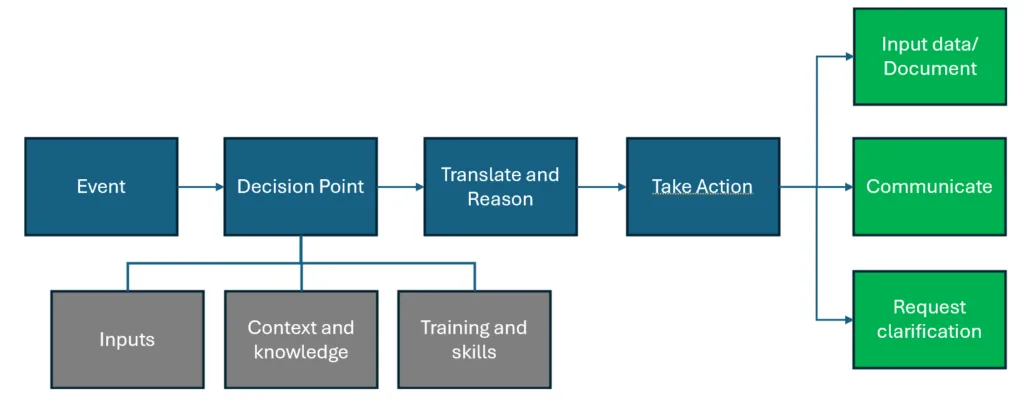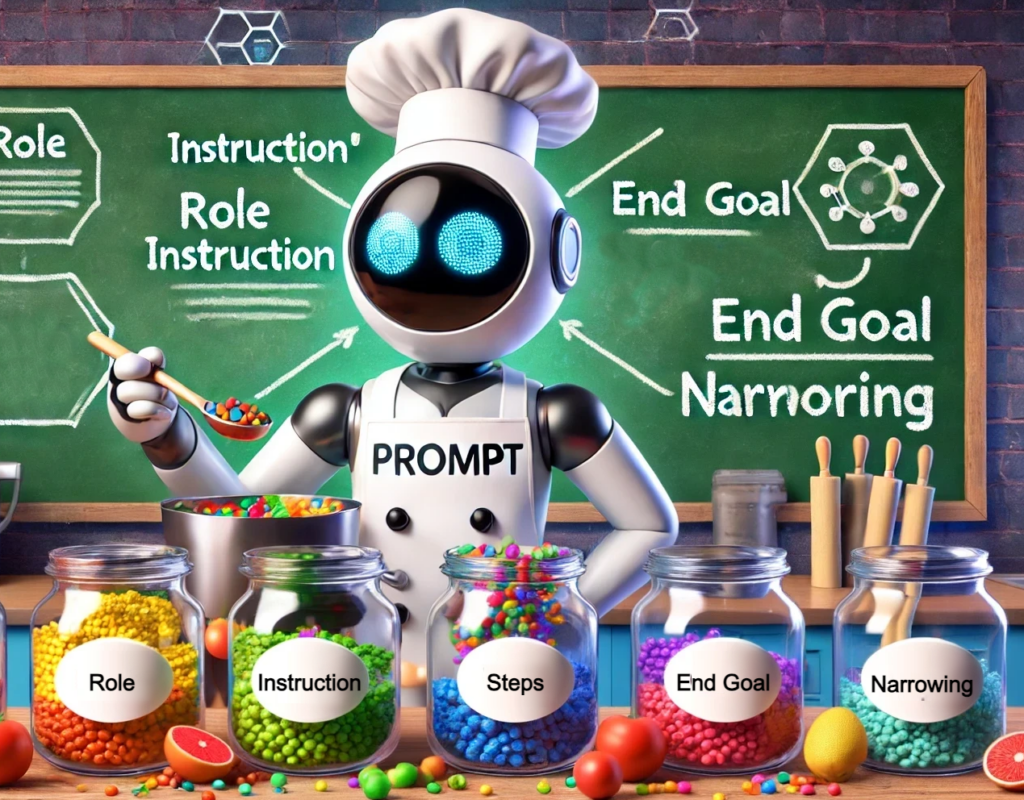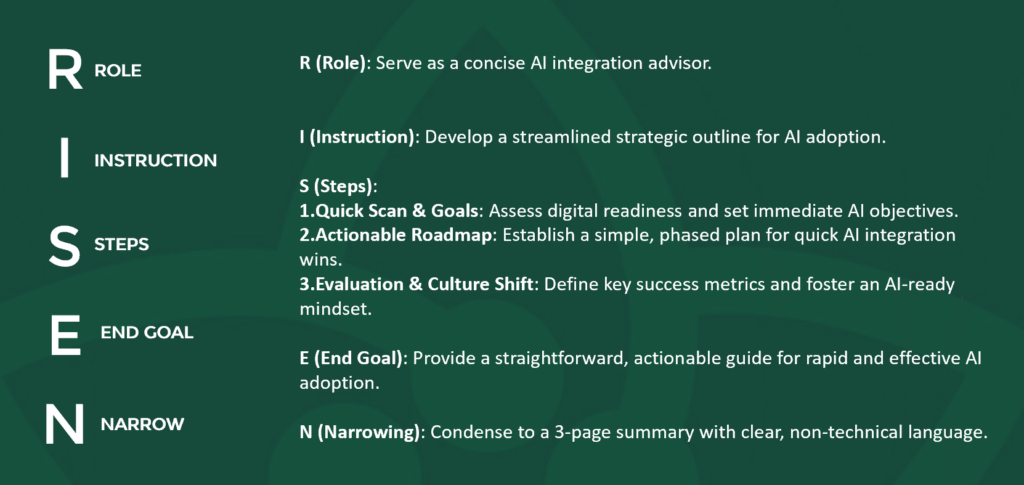
The skills to build AI agents are the same skills you need to build and train human agents to perform discrete tasks. Simply break away from technology jargon and focus on your people, data, and processes. To help refine your skills in building AI agents and make it feel less overwhelming, we will take a step back and ask the most important questions you need to answer to build AI agents.
What is an AI agent?
An AI Agent is a system that autonomously or semi-autonomously perform tasks and make decisions and potentially take action on behalf of humans, leveraging artificial intelligence technologies.
Why build AI agents?
The answer to why you should implement AI agents should have nothing to do with Salesforce releasing AgentForce, OpenAI releasing a slick new agent features, or Microsoft offering discounts on Co-Pilot. To answer the question “why build AI Agents” you should start asking questions to uncover what is impeding your your human agents productivity and effectiveness?.
Why are your human agents (front line, customer facing workforce):
- lacking capacity to be pro-active
- making mistakes
- slow to respond
- losing track of work
- overworked and not hitting goals
- inconsistent in results
- unhappy with system and process
This exercise to uncover real proof of value should start with these questions where you prioritize the answers that directly impacts your customer experience which in turn translates to your ability for winning and keeping customers (revenue).
How to build AI agent
Designing agents is like designing the perfect, detailed job description. I use “Agent” generically to describe what a human or AI agent will do. You can use the following guideline to build criteria for your AI agent using human-like requirements.
Agent Roles
- Role Name:
(E.g., Service Agent, Sales Development Representative, Personal Shopper) - Primary Responsibilities:
(What are the main tasks this agent will perform? List as specific actions or responsibilities, e.g., answering customer queries, scheduling appointments, providing personalized product recommendations.) - Key Outcomes:
(What should the agent achieve? Examples: reduce resolution times, increase lead engagement, improve customer satisfaction scores.)
Required Skills
- Pre-Built Skills:
(List skills that can leverage existing capabilities, e.g., order tracking, FAQ handling.) - Custom Skills:
(Detail skills that need to be tailored, e.g., understanding specific industry jargon or navigating proprietary systems.) - Terminology and Training Needs:
(What terms, processes, or context must the agent understand? E.g., acronyms, product features, refund policies.)
Data Access
- Data Sources:
(What databases, CRMs, or external systems does the agent need to access? Examples: Salesforce, Data Cloud, external knowledge bases.) - Type of Data Needed:
(What specific data is required? Examples: order history, customer profile, product inventory, lead scores.)
What does an AI agent do?
An AI Agents are designed to autonomously or semi-autonomously complete tasks while drawing from a body of knowledge and experience. A lot of discrete tasks that your human agents complete day to day follow this basic pattern which can be created as an agent.

How does Salesforce AgentForce follow this process?
1. Event (Trigger):
- Agentforce Equivalent: In Agentforce, an event is be initiated by a customer inquiry through channels like web chat, messaging, or email platforms.
2. Decision Point:
- Agentforce Equivalent: This corresponds to the Agent’s reasoning process, where it determines the appropriate Topic to address the customer’s inquiry.
3. Translate and Reason:
- Agentforce Equivalent: Within the selected Topic, the Agent utilizes Instructions and Actions to interpret the inquiry and decide on the next steps.
4. Take Action:
- Agentforce Equivalent: The Agent executes predefined Actions (such as Flows or Prompt Templates) to respond to the customer’s needs.
What makes AI agents different?
Unlike traditional rule-based systems, AI agents use machine learning, natural language processing, and other AI techniques to adapt to changing conditions and optimize their actions in real-time, often in the absence of explicitly declarative rules.
AI agents need to be designed to operate securely and effectively by implementing guardrails that define their roles, control data access, and enable human oversight for complex tasks. The same way you have a manager monitor a new employee, you need to provide systemic oversight to an agent.
Defined Scope and Roles:
Clearly define what tasks the AI agent can perform and establish boundaries to prevent unintended actions.
Example (Agentforce): Agentforce uses “Topics” and “Instructions” to specify tasks, such as order management or answering FAQs, and restricts actions beyond these roles.
Secure Data Access and Permissions
Limit data access to what is necessary for the agent’s tasks, ensuring compliance with security policies.
Example (Agentforce): Agentforce integrates with Salesforce’s permission sets and field-level security to prevent unauthorized access to sensitive customer data.
Human Oversight and Escalation
Build workflows that allow seamless escalation of complex or sensitive tasks to human agents for final decision-making.
Example (Agentforce): Agentforce agents include escalation protocols to transfer cases to human agents when issues exceed their defined capabilities or require approvals.



